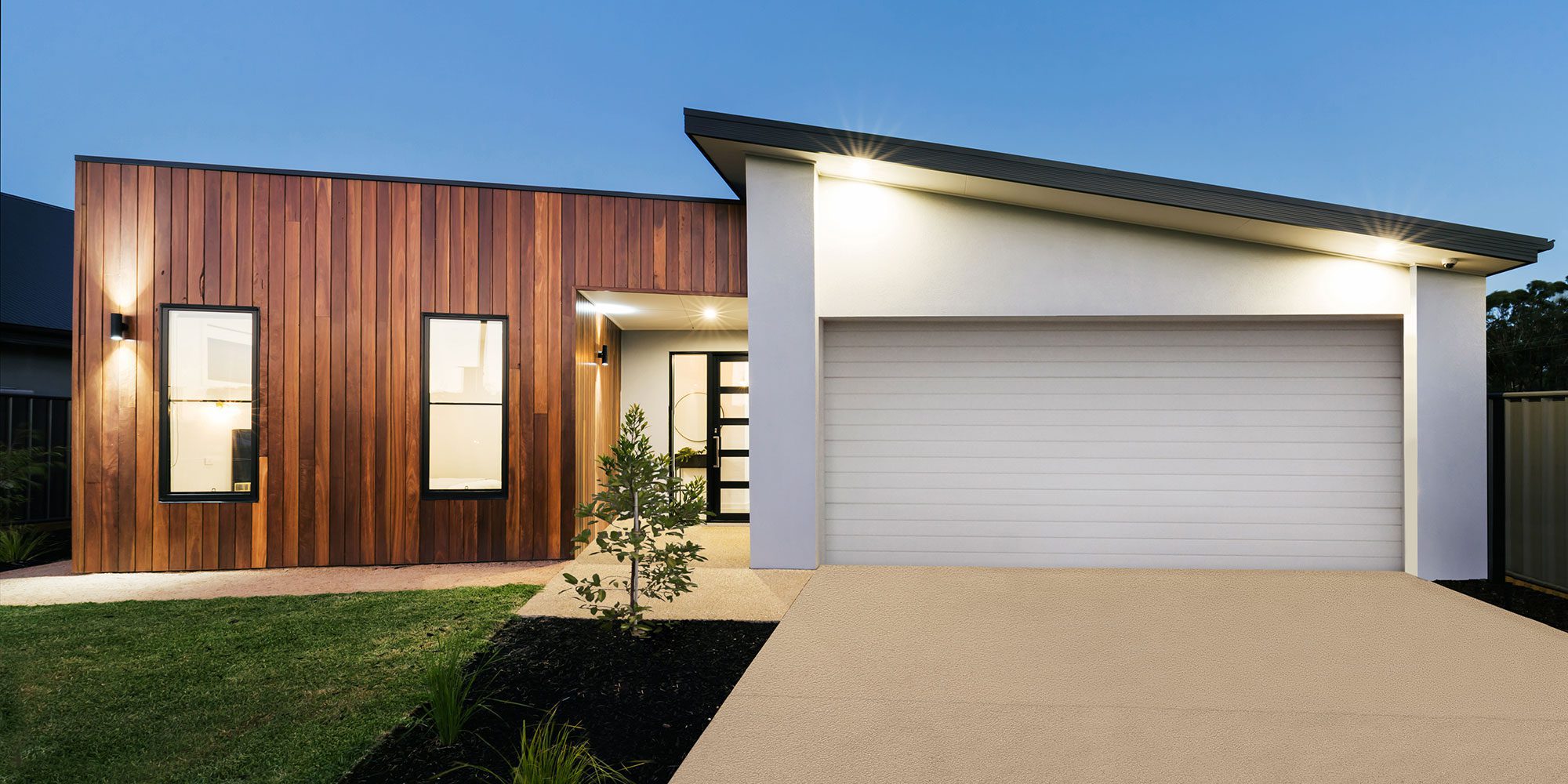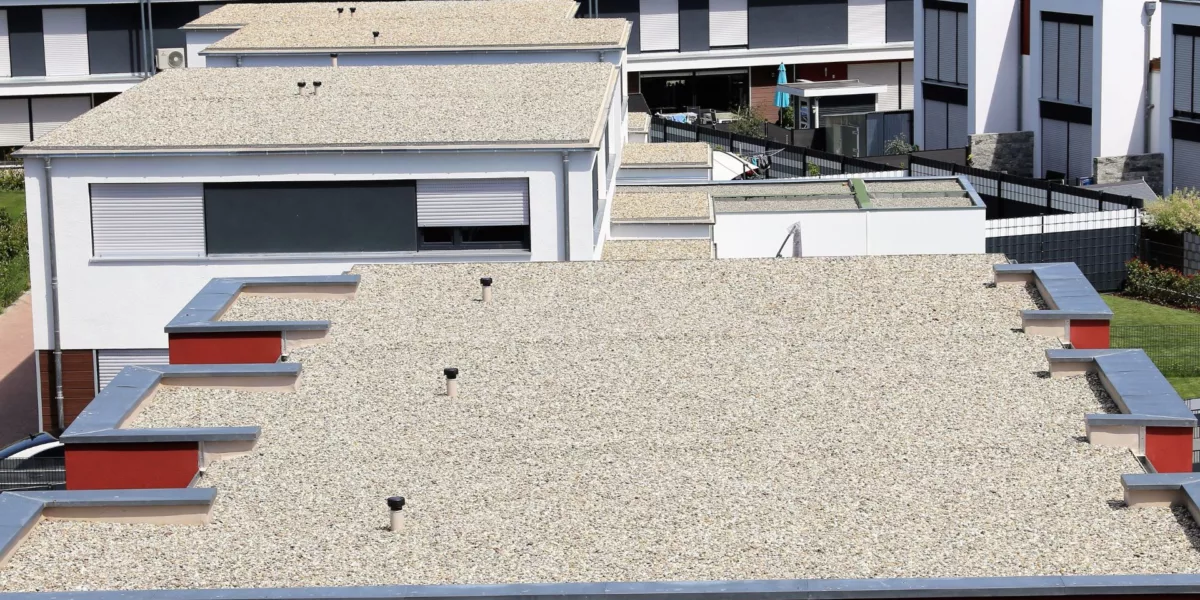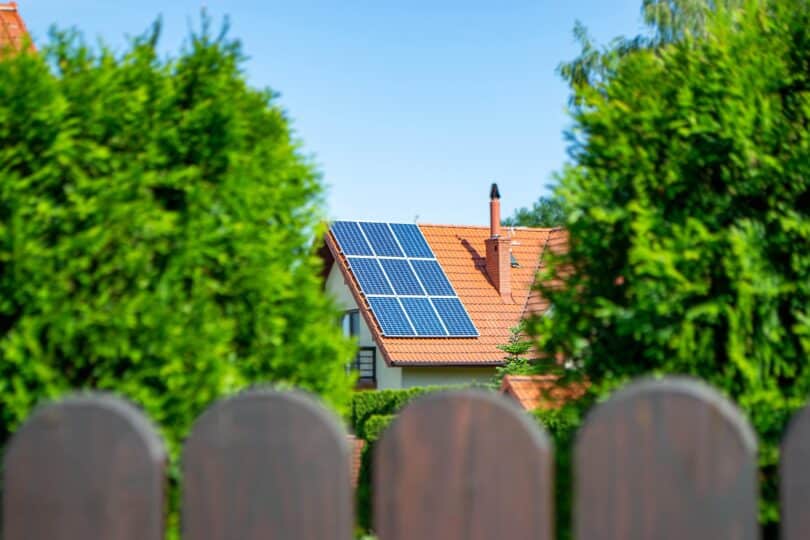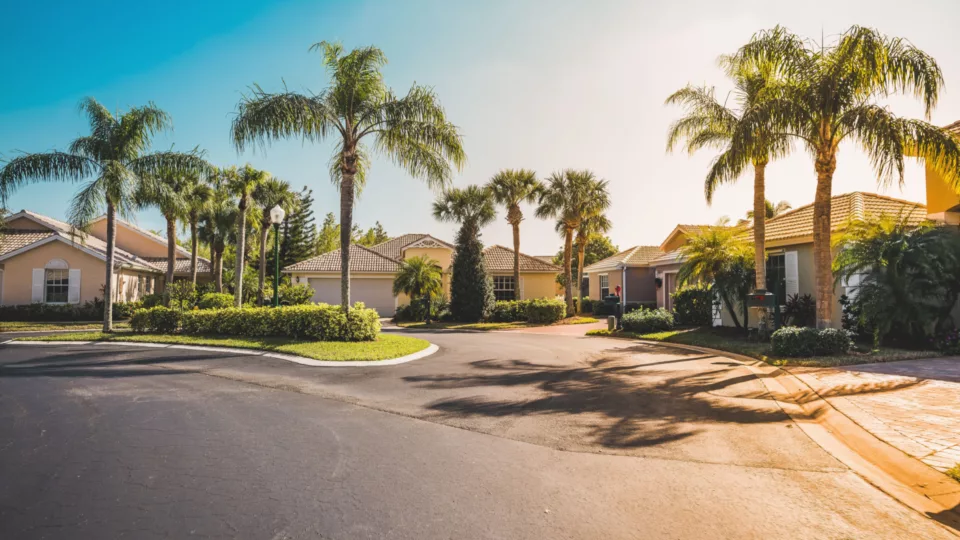In This Article
If you’ve been searching for answers on residential flat roofing, you’ve come to the right place. We’re not just experts, we’re educators, and today, we’ll demystify the three primary types of residential flat roofing. Ready to learn? Let’s dive in!
What are the Different Types of Residential Flat Roofing?

It’s essential to know that not all flat roofs are created equal. There are three primary types of residential flat roofing: Built-up Roofing (BUR), Modified Bitumen Roofing (MBR), and Rubber Membrane Roofing (EPDM). Each comes with its unique perks, and understanding these benefits can help you make an informed decision for your home.
Built-up Roofing (BUR): Is it Right for Your Home?
The first type is Built-Up Roofing (BUR). Known for its durability, BUR consists of alternating layers of bitumen and reinforcing fabrics, creating a finished membrane. The top layer often includes gravel or stone, providing excellent UV protection and durability. It’s a sturdy option, but is it right for your home? That depends on factors like your budget, climate, and the weight-bearing capacity of your roof.
At Classic Roofing and Construction, our in-house team of experts guides you through these considerations. We ensure the installation process is smooth, efficient, and tailored to your needs.
CLASSIC ROOFING – FAMILY OWNED AND SERVING THE COMMUNITY FOR OVER 20 YEARS
CLASSIC ROOFING – FAMILY OWNED AND SERVING THE COMMUNITY FOR OVER 20 YEARS
Modified Bitumen Roofing (MBR): Is this the Best Choice for You?
Next on our list is Modified Bitumen Roofing (MBR). It’s an evolution of BUR, with layers of bitumen and fabrics, but it incorporates modern technology, using polymers for enhanced performance. It’s a more flexible and lightweight option, and it’s easier to install.
Could MBR be the best choice for your residential flat roofing needs? It might be if you’re looking for a balance between cost-effectiveness and performance. Our team at Classic Roofing and Construction leverages years of experience and training to deliver flawless MBR installation.
Rubber Membrane Roofing (EPDM): Is It a Good Fit for Your Home?
Last but not least is Rubber Membrane Roofing, also known as EPDM. This roofing material is durable, easy to repair, and resistant to both sunlight and weather damage. It’s made from a single-ply rubberized material, making it a lighter choice.
Is EPDM a good fit for your home? If you’re in an area with a lot of weather variability or looking for a longer-lasting, easy-to-maintain option, it could be. At Classic Roofing and Construction, we’ll help you assess whether EPDM is the ideal choice for your residential flat roofing project.
Why Choose Classic Roofing and Construction for Your Flat Roof Installation?
Our expertise goes beyond knowing the ins and outs of residential flat roofing materials. We’re an in-house team of dedicated professionals committed to bringing you the best in quality, service, and value. When you choose us, you’re choosing a partner who will guide you through every step of the process, from selecting the right material to flawless installation.
We’ve built our reputation on trust, quality, and a commitment to our customers. So, are you ready to embark on your residential flat roofing project? Reach out to us at Classic Roofing and Construction. We’re excited to work with you and bring your vision to life.
How Can I Maintain My Residential Flat Roof After Installation?
Once your flat roof is installed, it’s essential to maintain it regularly to ensure it lasts for many years. But how exactly do you do that? Here’s where our expertise at Classic Roofing and Construction comes in. We’re not just here for installation; we’re also your go-to experts for maintaining your flat roof.
For Built-Up Roofing (BUR), regular inspections and cleaning are necessary to prevent debris build-up. You’ll also want to check for any signs of blistering or buckling in the layers.
With Modified Bitumen Roofing (MBR), routine maintenance includes checking for punctures or tears. Any damage should be repaired immediately to prevent water infiltration.
If you’ve chosen Rubber Membrane Roofing (EPDM), keep an eye out for surface wear and tear. You’ll also want to check for loose membrane areas that could be susceptible to wind damage.
Regardless of the type of flat roof you choose, regular professional inspections are key. Our in-house team can provide these services, helping to extend the life of your roof and protect your investment.
Can Classic Roofing and Construction Help with Flat Roof Repair?
Absolutely! At Classic Roofing and Construction, we don’t just install new roofs; we also provide comprehensive repair services. Whether it’s a small puncture, a significant tear, or general wear and tear, we have the skills, tools, and experience to address the issue promptly and effectively.
Are You Ready to Choose Your Ideal Residential Flat Roofing?
Now that you’ve learned about the different types of residential flat roofing, are you ready to make a decision? Remember, our team at Classic Roofing and Construction is here to guide you every step of the way. From the initial consultation to the final installation and beyond, we’re committed to providing you with superior service and results.
Choosing the right type of flat roof can significantly impact your home’s appearance, value, and functionality. As such, it’s a decision that shouldn’t be taken lightly. But don’t worry; you’re not alone in this. With our team of in-house experts, you can rest assured that you’re in capable and experienced hands.
To get started on your residential flat roofing project or to learn more about our services, don’t hesitate to contact us at Classic Roofing and Construction. We look forward to serving you!
Award Winning Professionals Are Here To Help!






